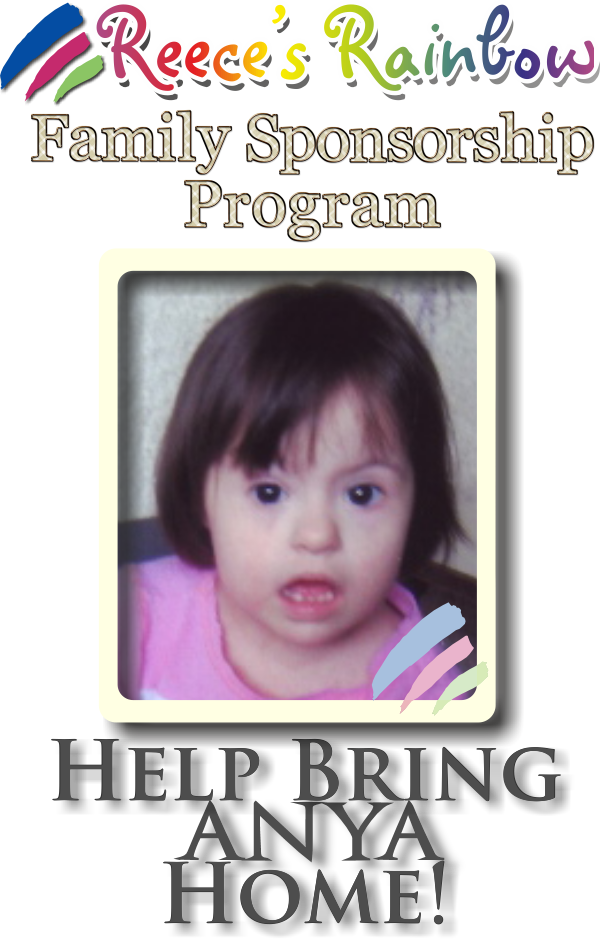I began my first round of S.O.A.P. testing by testing the three Gardenia fragrances. My first “obstacle” was that I don’t have molds small enough for test batches of cold process soap. My husband helped me solve the problem by cutting two pieces of wood that I could wedge into my 5 lb mold; creating three smaller molds. Perfect!


My idea was to make 64 oz of soap and divide it into thirds. Each compartment would have 21.33 oz of soap. I would use each fragrance at a rate of .5 oz per 16 oz of soap, so each batch would have .625 oz of fragrance oil. With all my mold and calculations prepared, I was ready to begin soaping.

I made the following recipe using
Bramble Berry’s Lye Calculator:
Sweet Almond Oil: 2.5 oz
Castor Oil: 2.5 oz
Coconut Oil (76 Degrees): 13 oz
Olive Oil: 16 oz
Palm Oil: 13 oz
5% Lye Amount: 6.657 oz
Distilled Water: 15.51 oz
Total: 69.17 oz (I wanted to make a little extra for when I poured the soap into separate containers)

I got the soap made and, at a light trace, I began pouring some into my first container. Remember, I wanted each of the three batches to be 21.33 oz (roughly 1 lb, 5 1/3 oz). Wouldn’t you know it!? In spite of all my calculated planning, I didn’t even think about the size of my containers! They were too small!

I could only get 16 oz into my two containers! My plan was to use my mixing pot as the third container. I had pre-measured my fragrance oil and didn’t want to lose any time lest the soap begin to set, so I went ahead and dumped the .625 oz of fragrance oil into 16 oz of soap. I had to do the same with the next batch; .625 oz per 16 oz of soap. That left me with a pot of roughly 32 oz of soap and .625 oz of fragrance oil. In hindsight, I should have added more fragrance oil, but I was too busy lamenting my mistake. So the last batch of soap had .625 oz of FO for 32 oz of soap or .31 oz per 16 oz.

Okay, so it’s not THAT bad. Usually, the range for using fragrance oil in CP soap is .5 oz – 1 oz per pound of soap. So, the first two batches are within that range. But the last batch, Gardenia #3, is only .31 oz of FO per pound. In the bottle, it’s a pretty pert and bright fragrance, so I’m hoping it will still stand out. I just wanted everything to be consistent.
Now, for some of my observations. Gardenia #1 didn’t accelerate trace. Gardenia #2 accelerated trace slightly. Gardenia #3 didn’t accelerate trace. I don’t know how trace acceleration works; if trace isn’t accelerated by a small amount of FO, then would it not be accelerated by a larger amount?

Here, you can see Gardenia #1 already entering the gel phase just 15 minutes after going in the mold. Can’t wait to see what tomorrow brings! My kitchen smells like Gardenia heaven!
 Above is a picture of my gardening schedule. I have 33 herbs, veggies and flowers on my garden list; only one of which will be transplanted to a pot. The rest are going in our square foot gardens. This weekend is the first weekend for sowing seeds outdoors, so we needed to get our square foot gardens ready to go. Scott did most of the work, but I helped mix the soil and rake one of the gardens. The soil to use is a mixture of compost, peat moss and vermiculite. I didn’t have any luck finding vermiculite, but I read that it’s okay if y0u to leave it out, so long as you keep your garden well-watered. Scott built the frames, then we mixed the soil and filled the frames.
Above is a picture of my gardening schedule. I have 33 herbs, veggies and flowers on my garden list; only one of which will be transplanted to a pot. The rest are going in our square foot gardens. This weekend is the first weekend for sowing seeds outdoors, so we needed to get our square foot gardens ready to go. Scott did most of the work, but I helped mix the soil and rake one of the gardens. The soil to use is a mixture of compost, peat moss and vermiculite. I didn’t have any luck finding vermiculite, but I read that it’s okay if y0u to leave it out, so long as you keep your garden well-watered. Scott built the frames, then we mixed the soil and filled the frames.
 Once the frames were filled with dirt, Scott hammered in the wooden lattices so that we have 16 squares in each garden.
Once the frames were filled with dirt, Scott hammered in the wooden lattices so that we have 16 squares in each garden. Now our gardens are ready for plants! Tomorrow, I’ll sow spinach, beets, peas and calendula seeds. I hope our gardens produce a good crop!
Now our gardens are ready for plants! Tomorrow, I’ll sow spinach, beets, peas and calendula seeds. I hope our gardens produce a good crop! Visit http://www.squarefootgardening.org/ to learn more.
Visit http://www.squarefootgardening.org/ to learn more.
































 I do not recommend smelling floral fragrances all at one time, as I did. Though I stopped to smell the coffee beans in between each fragrance, I still ended up feeling slightly dizzy afterward. Floral fragrances can do that. I’ll work more on describing the scents in better detail when I work with each one individually. But for now, here are my initial reactions.
I do not recommend smelling floral fragrances all at one time, as I did. Though I stopped to smell the coffee beans in between each fragrance, I still ended up feeling slightly dizzy afterward. Floral fragrances can do that. I’ll work more on describing the scents in better detail when I work with each one individually. But for now, here are my initial reactions.



